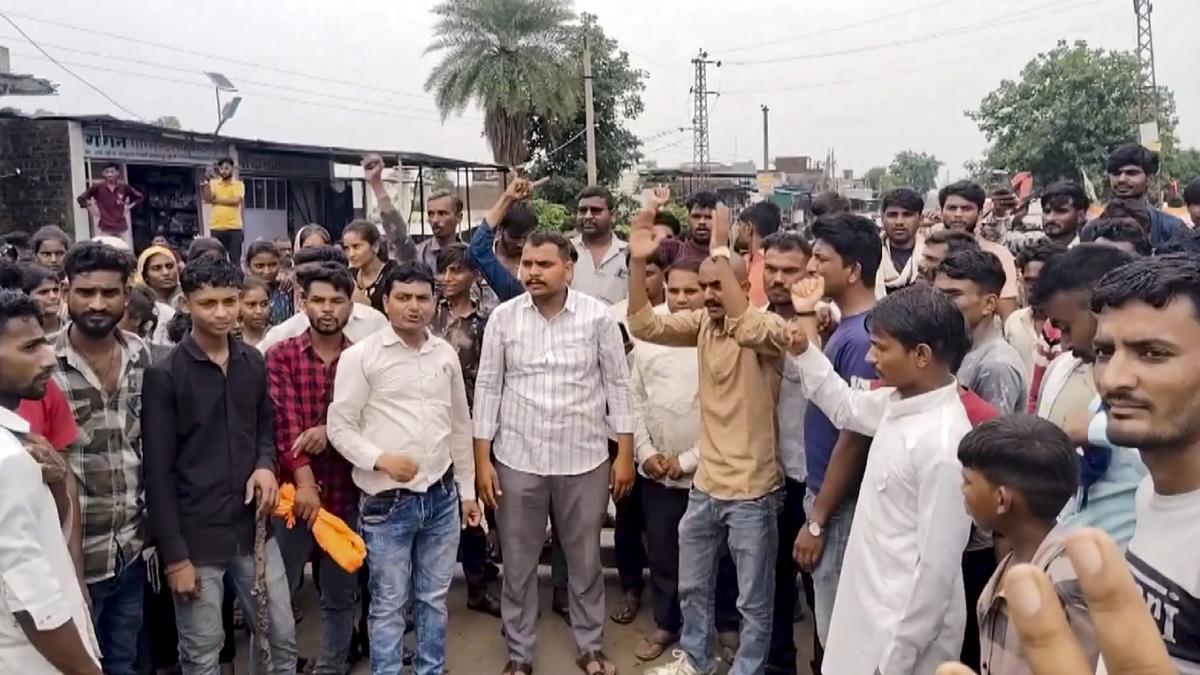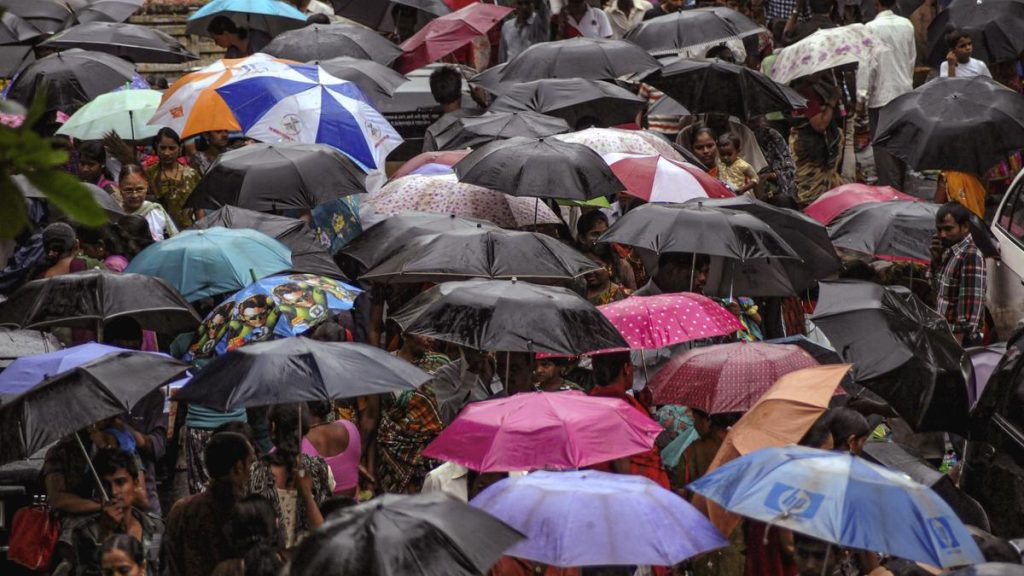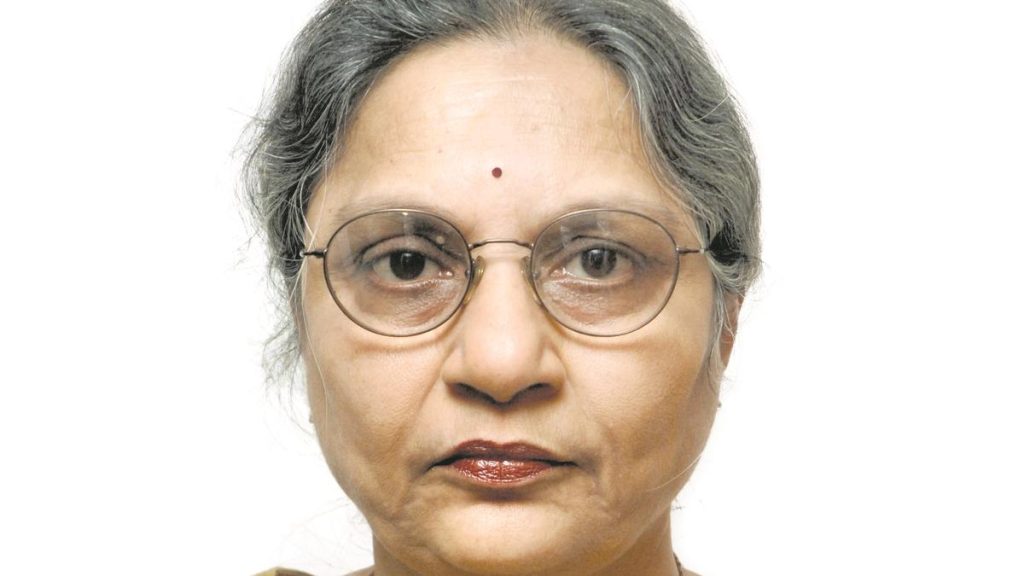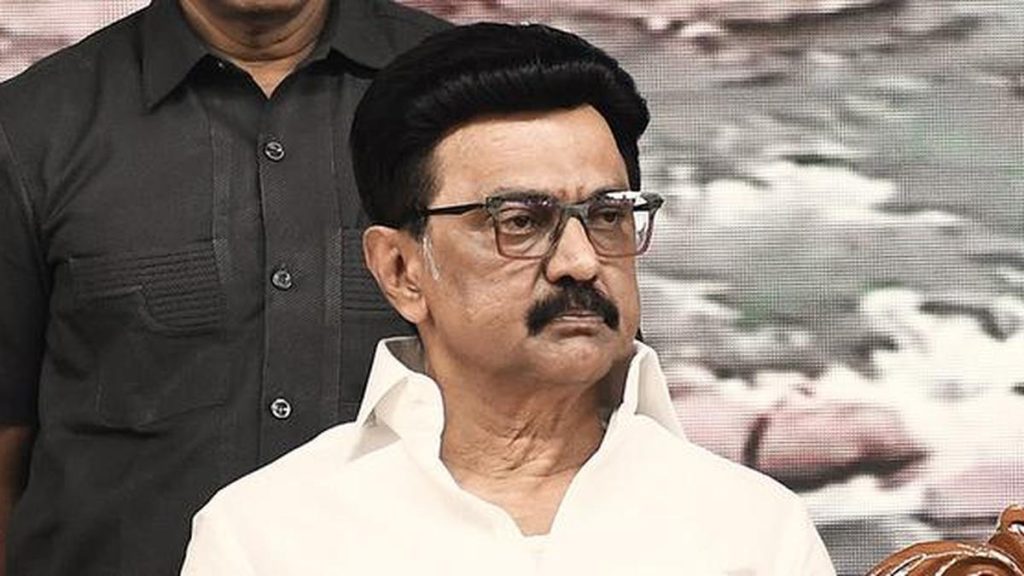Now Reading: Tribal Panel Seeks Response from Rajasthan on School Roof Collapse Tragedy
-
01
Tribal Panel Seeks Response from Rajasthan on School Roof Collapse Tragedy
Tribal Panel Seeks Response from Rajasthan on School Roof Collapse Tragedy

Quick Summary
- A government school roof collapsed in Jhalawar district, Rajasthan, on July 25, 2025.
- Seven children were killed and 28 injured-nine critically-in the incident.
- The collapse occurred during morning assembly preparations when approximately 30 students were trapped under debris.
- Rescue operations retrieved those trapped; assistance was provided by locals and rescue teams.
- The National Commission for Scheduled Tribes (NCST) issued notices to state authorities after taking suo motu cognisance of the incident.
- Many affected students belonged to Scheduled Caste and Scheduled Tribe communities, according to NCST’s statement.
- NCST directed officials (Chief Secretary, District Collector, Superintendent of police) to submit a detailed report within three days.
- Jhalawar District Collector Ajay Singh Rathore stated that the school building was not flagged as structurally weak in a recent survey conducted by the Education Department.
- Reports from students indicated the school’s condition showed signs of degradation such as water seepage and structural wear prior to collapse.
!80/PTI07252025_000523A.jpg”>Close-up image from accident site
Indian Opinion Analysis
The tragic collapse highlights critical issues related to infrastructure safety in public schools across India. Despite assurances from local authorities that no structural weaknesses had been detected in prior surveys, observations reported by students suggest longstanding neglect of basic maintenance-water damage and overgrowth being early indicators of risk.
This raises broader concerns about accountability frameworks within state education systems for timely renovations or safety checks at older institutions like this one built four decades ago. Additionally, given that many victims belong to marginalized communities such as Scheduled Castes and Tribes, it strengthens calls for prioritizing development efforts targeted specifically towards improving conditions in historically underserved regions.
The quick involvement of constitutional bodies like the NCST emphasizes a legal commitment towards protecting vulnerable groups amid systemic lapses-but consistent follow-through on action reports will be key for long-term impact beyond immediate relief measures.
























